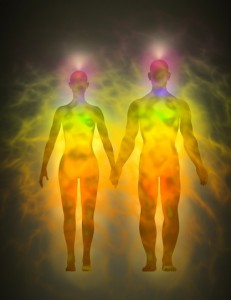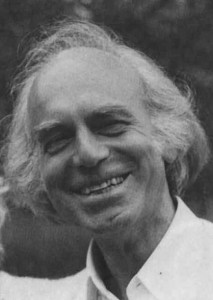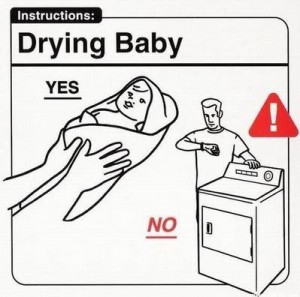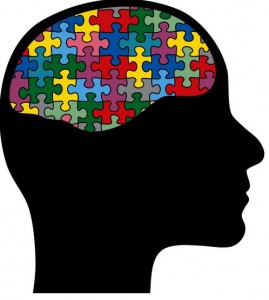“Why does it have to be human or divine? Maybe human is divine.”
– Robert Langdon in Da Vinci Code.
This insight provided by Robert Langdon, the character of Tom Hanks, in Da Vinci Code is critical for understanding yoga. For millennia we humans have struggled with the idea of divinity. Our misunderstanding of this idea has been the source of endless conflict. Being divine and human has been considered mutually exclusive. You had to be something special to be divine and to prove your divinity you had to be able to perform miracles. Divinity became a source of contention and conflict.
But yoga changes all that. The deepest insight of yoga is that we are all divine. There is nothing special about divinity. The most vile mass murder also has divinity buried inside him. The choice is NOT between being human OR divine. The choice is between being divine and non-divine. When we are divine we are expressing our humanity in a particular way. When we are being non-divine our humanity is expressed in a different way. The mass murderer is expressing his humanity in the most vile and obnoxious way.
There are these two young fish swimming along, and they happen to meet an older fish going the other way, who nods at them and says, “Morning, boys, how’s the water?” And the two young fish swim on for a bit, and then eventually one of them looks over at the other and goes, “What the hell is water?”
We are like the young fish. We are immersed in Divinity, and yet we are unaware of it. How can this happen? The answer in one word is: Ego. The ego is our source of ignorance. It is the cause of our separation from the whole.
Continue reading




